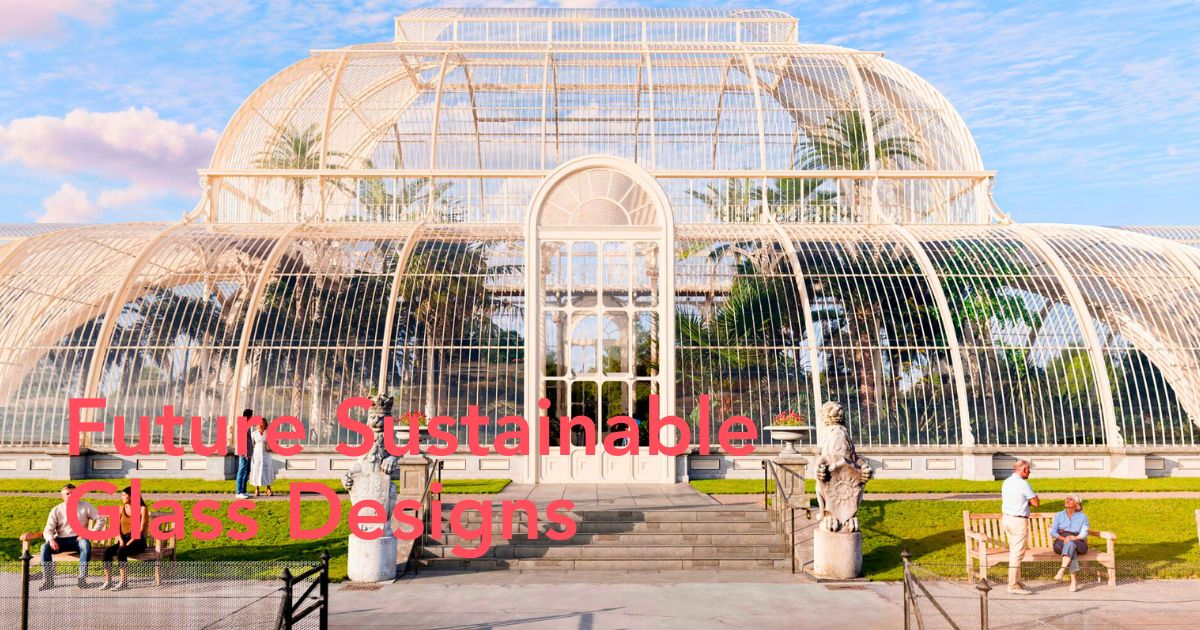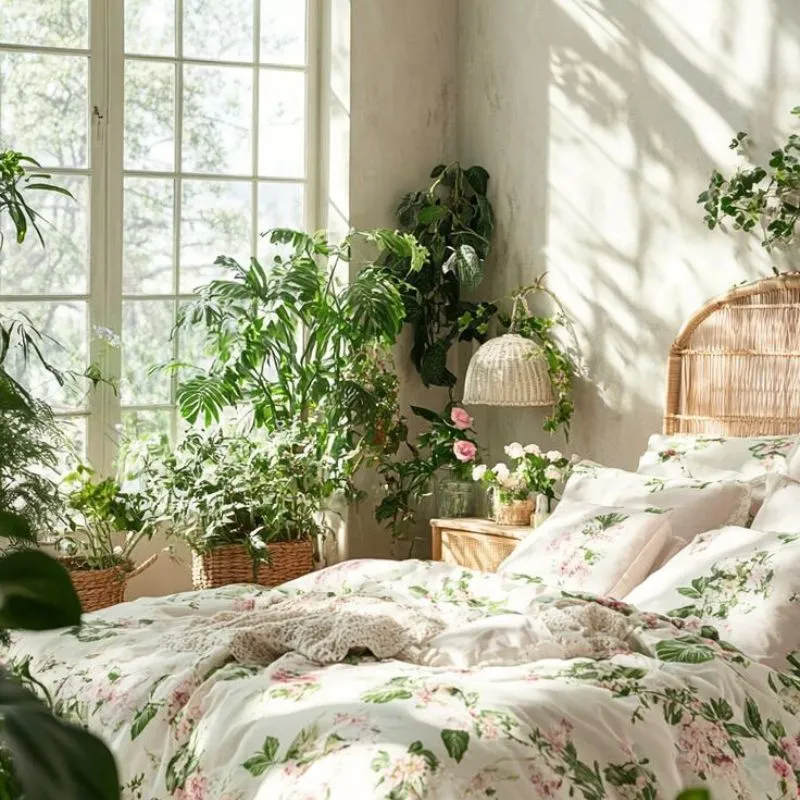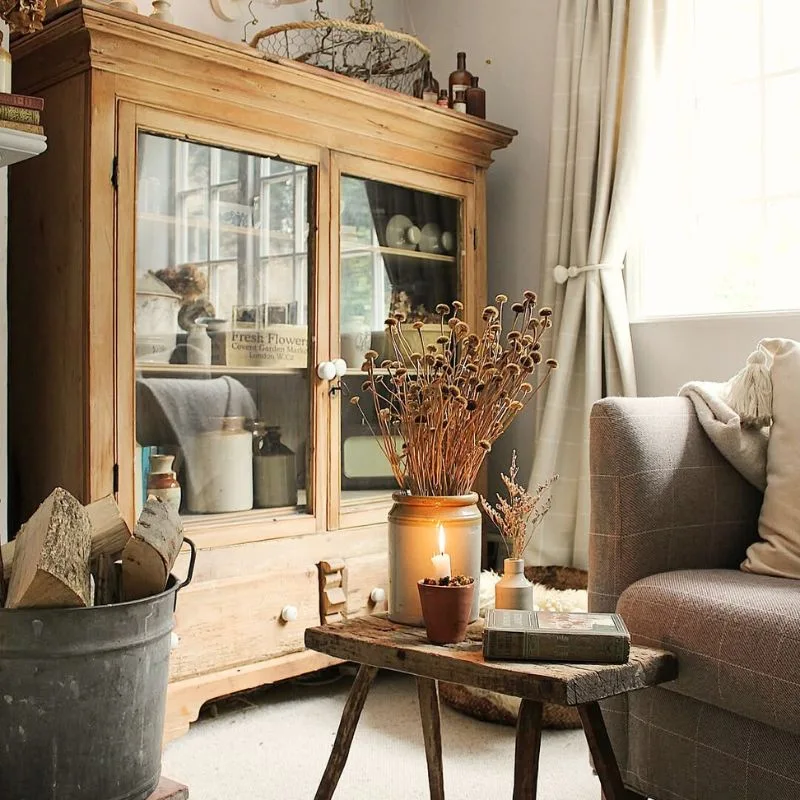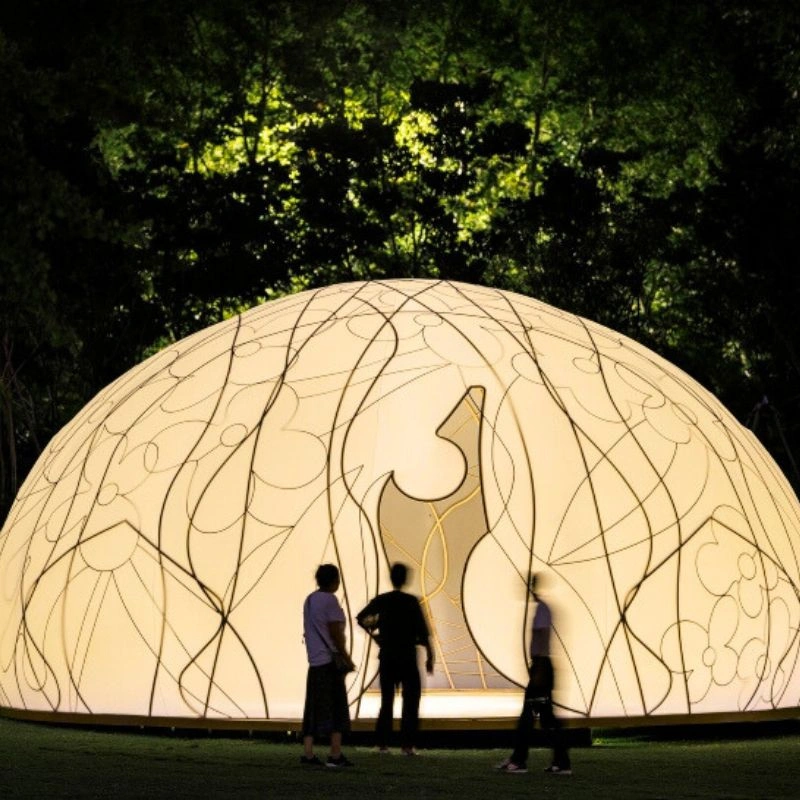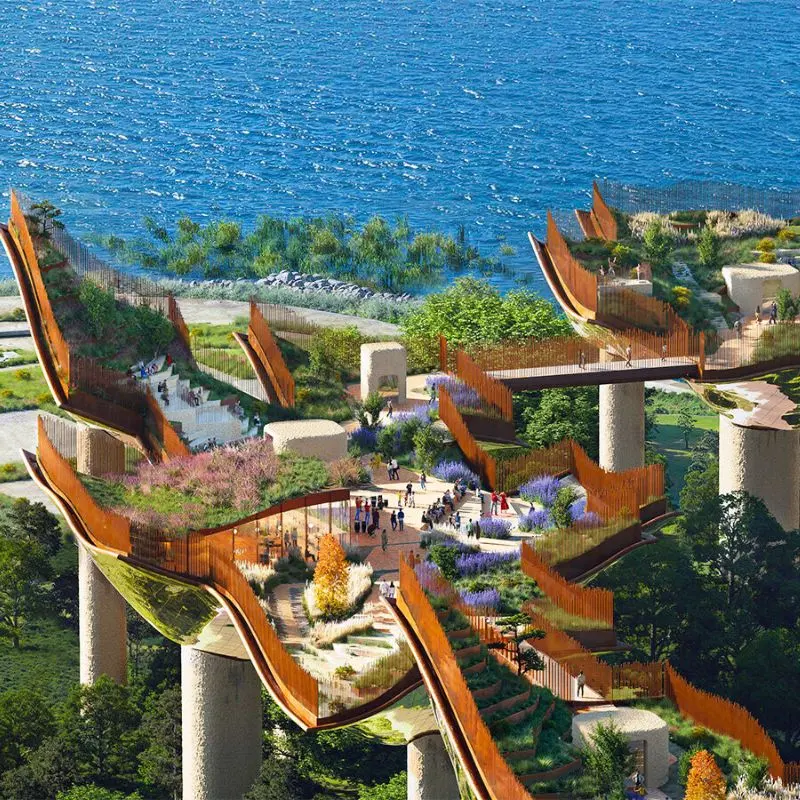Sustainable news for Kew Gardens! Hugh Broughton Architects will repair two Victorian greenhouses in London's Kew Gardens and heat them using electricity and a heat pump system. The Kew Capital Projects Team, under the direction of principal designer Hugh Broughton Architects, is planning to modernize the Palm House and Waterlily House, which have previously been heated by coal, oil, and gas.
The Palm House and Waterlily House Will Become the First Net-Zero Glasshouses of Their Kind
According to Kew Gardens, a completely electric heating system consisting of water- and air-source heat pumps will be installed as part of the glasshouse renovations, making the structure operationally net-zero.
Rachel Purdon, head of sustainability at Kew, stated:
"With sustainability as the main mission, our team of world-class experts is harnessing cutting-edge technology to deliver the first net-zero glasshouses of their kind."
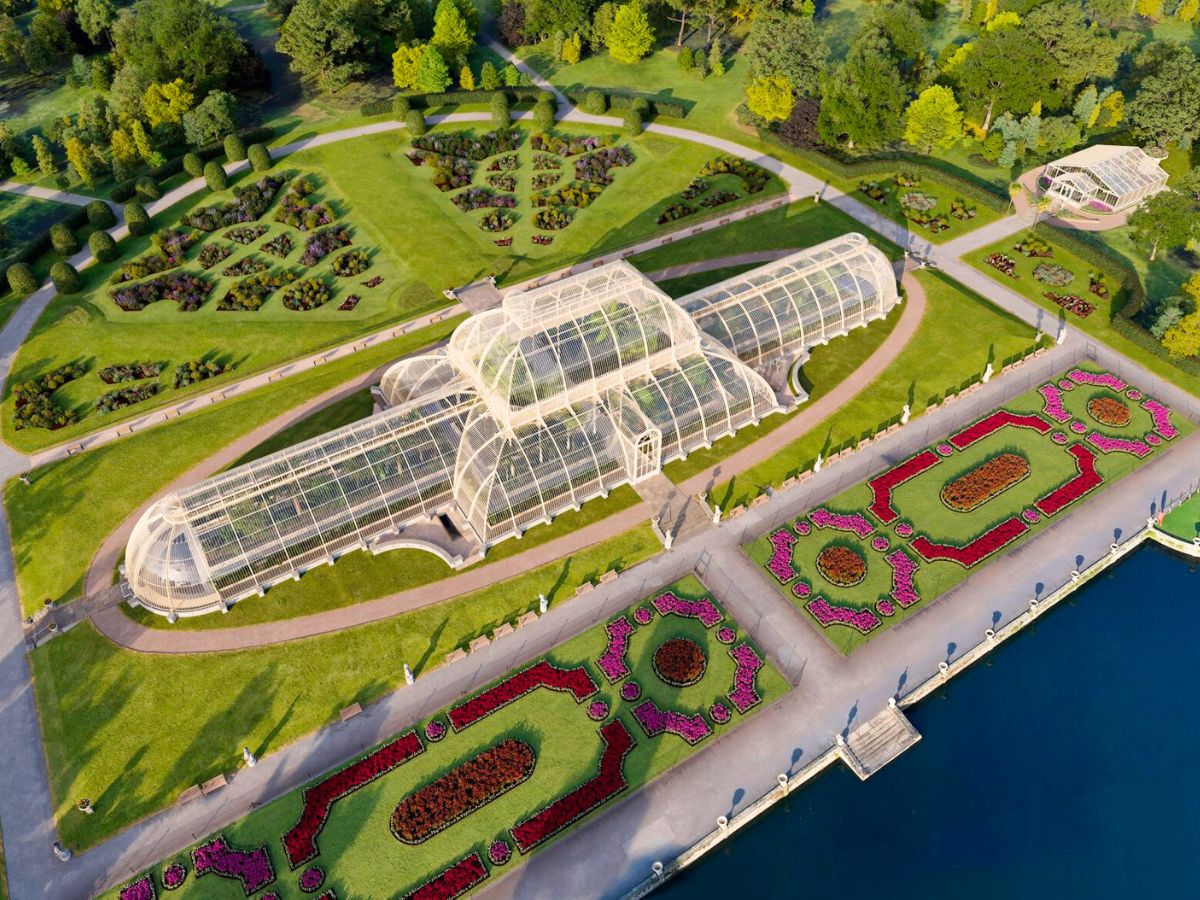
The Palm House, the oldest surviving Victorian glasshouse in the world, was constructed between 1844 and 1848; however, it is no longer energy efficient. Additionally, it is deteriorating, with the humid atmosphere inside the greenhouse causing rust on its iron structure. The designs of both of these houses were truly groundbreaking for their time, helping to conserve extraordinary plant collections and inspiring architects and engineers for generations.
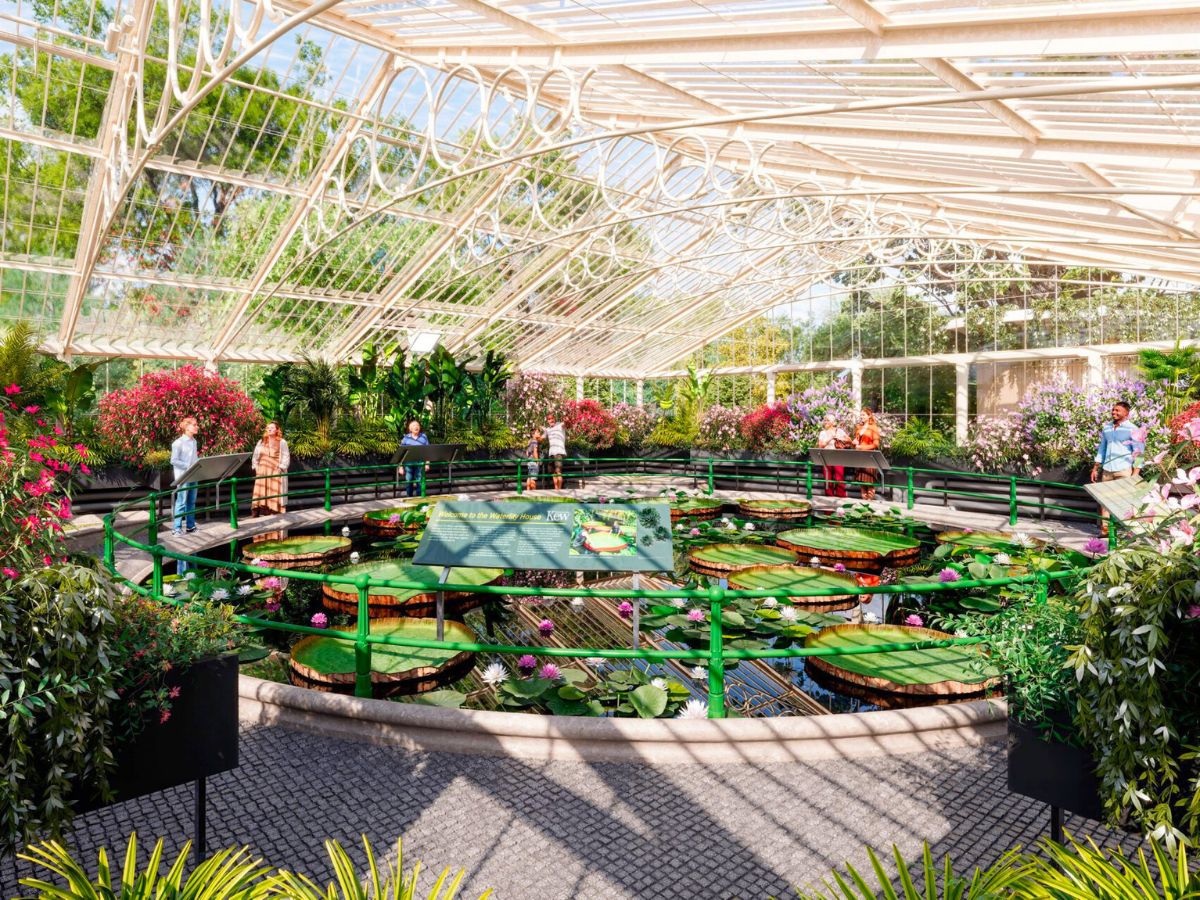
Innovating Sustainably
The Palm House's iron framework will be restored, and its windows will be improved for better heating efficiency. New glass panes will be put in place of the 16,500 that were installed in the 1980s. To minimize heat loss, the new panes will be sealed with custom clear silicone gaskets. Along with increased rainwater storage and irrigation improvements, the building's original vents will be reinstalled to enhance ventilation.
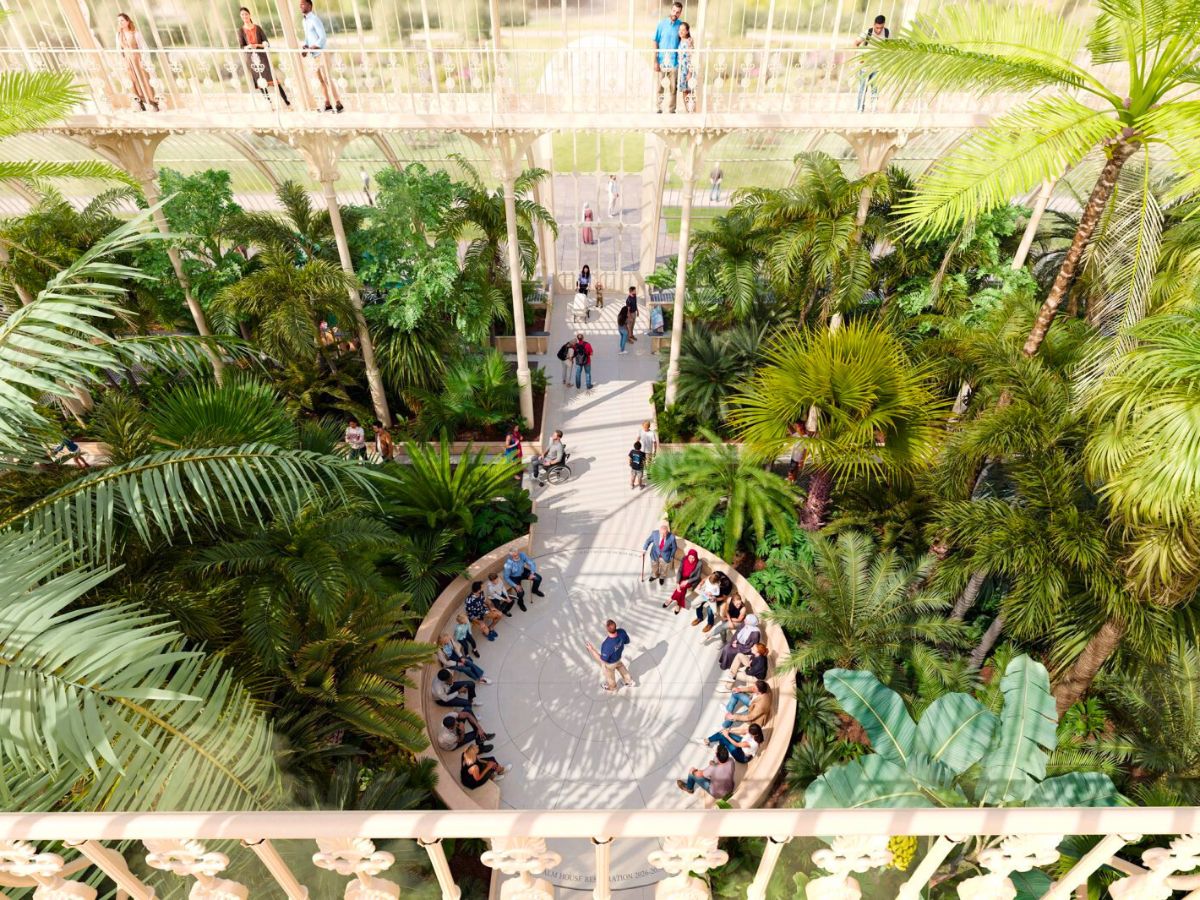
Similar to the Palm House, the Waterlily House will undergo renovations. Architect Decimus Burton planned it, and ironmaker Richard Turner built it. The 1852 building will undergo renovations, with the structure preserved and the windows replaced and sealed. Additionally, a new heating system will be installed. For the first time in history, both glasshouses may be powered by renewable sources.

On the project, which will also update the interiors of the glasshouses, the architects in charge will collaborate with structural experts Ramboll, services engineers Cundall, historic building specialists Martin Ashley Architects, and quantity surveyors Firmingers.
Shaping the Future of Green Spaces
The studio will include new seats and areas at the north and south apses of Palm House, along with a central gathering area. Enhancing accessibility will be the main goal at Waterlily House. This exciting project will help to conserve and decarbonise these inspiring glasshouses and make them more accessible to a wider audience. The project will reflect Kew's ambitious Climate Positive 2030 strategy, creating a sustainable future to remind us of the importance of the rainforests and our role in their protection.
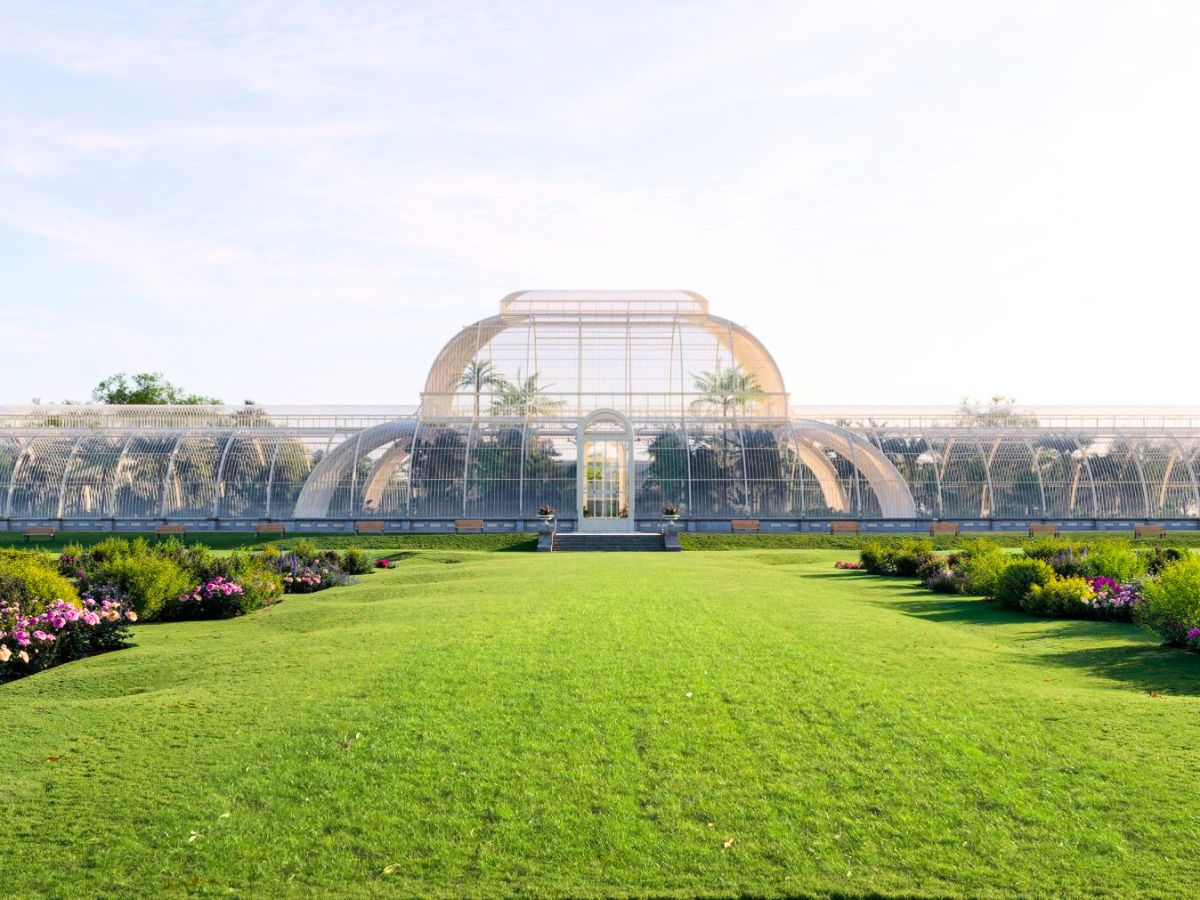
The renovation is starting in 2027 and is expected to last four or five years, but they have already started moving the 1,300 plants housed in the greenhouses. Plants that are too large or fragile to move will be propagated.
Photos by: @kewgardens.

